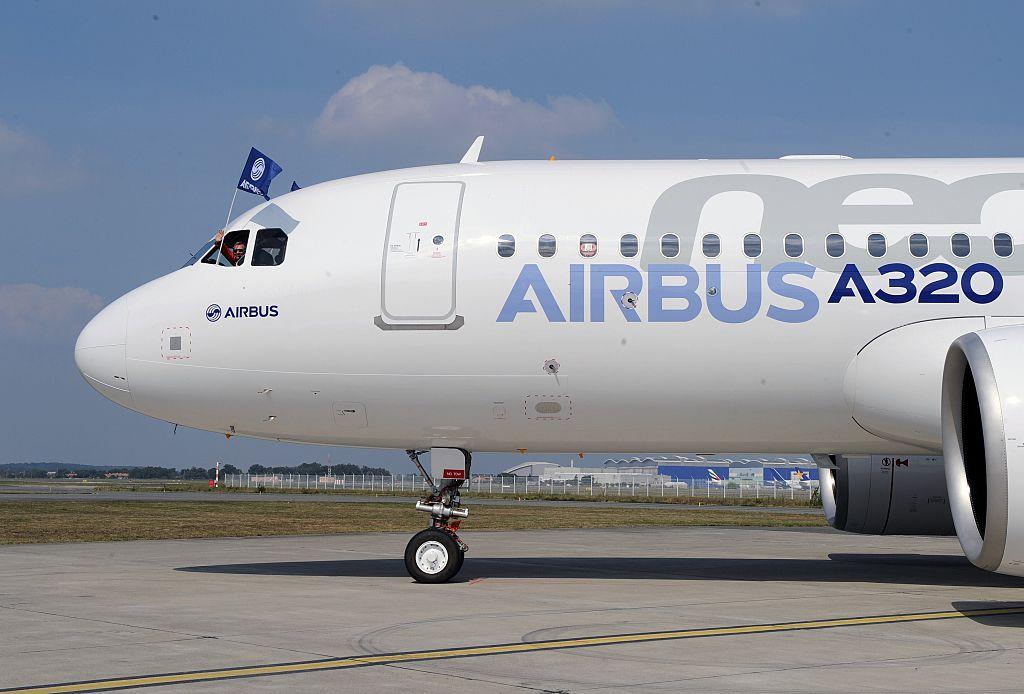The Implications Of Airbus’ Narrowbody Plans | エアバス社のナローボディ機開発計画が意味するところ

2強体制にある旅客機業界で成功するための秘訣は、相手の弱点を見抜き、それを最大限に利用することだ。
エアバス社はA320neoファミリーの投入により、その模範解答を示すことができた。このとき、ボーイング社は新型ワイドボディ機の開発構想を発表しており、多くの顧客はその構想を支持していた。しかし、エアバス社がアメリカン航空からの大規模発注を奪取すると、ボーイング社としては737MAXを発売するほかなくなった。737MAX派生型の一部が需要にマッチしていないことを把握していたエアバス社は、ここでシェアを拡大する機会を得たというわけだ。
そして、実際その通りになった。
一方のボーイング社は、貨物機マーケットでは優位にある(これはエアバス社のミスというより、偶然の産物であるが)。たとえエアバス社がA350の貨物仕様を開発したとしても、この状況を覆すのは簡単なことではないだろう。
エアバス社は最近、マーケットおよびサプライヤーに対して今後のナローボディ機生産の見通しを発表した。その内容は「急速に増産」というもので、A320neoファミリーは現在の月産40機から、4年以内に月産75機まで拡大する可能性を示している。また、A220も月産5機から月産14機に拡大し、採算が取れるようになる。これを合算すると、月産約90機、年間1000機のナローボディ機をエアバス社単体で生産できることになる。
この暫定計画は、あくまでマーケットにそれだけの需要があり、顧客にも購入する余裕があることが前提だ(これは当分の間は疑わしい)。また、契約通りの納期に納入できる体制も必要だが、これも徐々に改善が進んでいるものの、まだその途上にある。
大局的に見ると、エアバス社は同社として唯一の収益性があるプログラムで収益を最大化することを試みている。A350とA330neoは赤字であり、A220プログラムも同様だ。全てが順調に進めばA220も4年ほどで黒字化する見込みだが、その収益性はA320neoには遠く及ばない。ワイドボディ機については、需要が回復するまでの間はダメージコントロールと損失の抑制が当面の目標となる。
ゲーム理論と戦略の話に戻ろう。ボーイング社が新中型機の開発を明らかにした時、多くの業界関係者は、ボーイング社が注力すべきは競争力に劣る737MAXの後継機を速やかに開発することだと主張した。そして、エアバス社の戦略上の弱点は収益の大半を単一のプログラムに依存していることにある。
もしボーイング社の戦略が「エアバス社にとって最も苦しいことをする」ことだとすれば(実際そうするべきだ)、それはA320neoが生み出す収益をなるべく少なくすることだ。これをどうやって実現するか?737MAXでは無理ならば、おそらく新型機の開発がその答えだろう。公開情報や業界の内輪話を総合すると、どうやらボーイング社は今すぐに737MAXの後継機を開発することはできず、それが必要とも考えていないようだ。それは誤りかもしれないし、正しいかもしれない。
というのも、737-8がA320neoに対抗し続けられると仮定すると、最近のボーイング社が新中型機(NMA)に注力する様子を見せていることは、エアバス社にとって大きな脅威となる可能性があるからだ。小型ナローボディ機ではなく、大型ナローボディ機、つまりA321neoの各バージョンに対する競合機である。A321neoは機数ベースでA320neoプログラムの約半数、そしてA320neoよりも高単価であることから、収益ベースでは半分以上を占めているだろう。
エアバス社としては、A321XLRで全ての需要に応えられると考えるかもしれないし、数十億ユーロを投じて胴体延長・主翼交換・エンジン変更を行なったA322を開発するかもしれない。要するに757の後継機が、エアバス社が持つ最大の収益源を奪い、結果としてその他の分野においても弱体化させる可能性があるということだ。
もちろん、これはボーイング社にとってもギャンブルだ。もし737-8がA320neoに対して劣勢に立たされたとき、NMAに注力していると取り返しのつかない弱点を抱えることになる。そして、エアバス社にはまだいくつかの武器が残されている。A220-500構想は、限られた投資で実現可能な、非常に魅力的で経済的な機体になるとみられている。
Aviation Week Intelligence Network (AWIN) のメンバーシップにご登録いただくと、開発プログラムやフリートの情報、会社や連絡先データベースへのアクセスが可能になり、新たなビジネスの発見やマーケット動向を把握することができます。貴社向けにカスタマイズされた製品デモをリクエスト。
The art of succeeding in the global aircraft duopoly is anticipating and taking advantage of the competitor’s weaknesses.
Airbus delivered a masterpiece of that game theory with the launch of the A320neo family. Boeing was talking about launching an all-new single-aisle aircraft and was supported in that view by a substantial part of its customer base. But when Airbus managed to flip a massive American Airlines order, Boeing had no choice but to launch the 737 MAX. Airbus knew some versions of that aircraft were going to be suboptimal, therefore giving it the opportunity to grow its market share.
Sure enough, that is what happened.
Boeing, admittedly more by coincidence than Airbus’ negligence, is currently benefitting from its rival’s weakness in the cargo market that Airbus is not likely to recover from for many years, even if it decides to launch a freighter version of the A350.
Airbus recently gave guidance to the market and its suppliers about where it sees single-aisle production going. Upwards fast is the answer: A320neo family output could rise from 40 to 75 per month within four years. Meanwhile, the A220 could go from five to 14 to finally become profitable. Combined, Airbus thinks it’s possible to put out almost 90 single-aisles per month, or about 1,000 a year, just on its own.
The preliminary plan is based on the assumption that customers will want that many aircraft and will be able to afford them—which is doubtful for the time being—and its ability this time to deliver on its contractual commitments—which is a work in progress with some visible improvements for the time being.
Bigger picture, Airbus is trying to maximize revenues in what is currently its only profitable program. Both the A350 and the A330neo are currently in the red, as is the A220 program. If all goes well the A220 could turn the corner in about four years, but its margins will still be way behind the A320neo. In the widebody field, the target for now is damage control and loss containment until whenever demand comes back.
Back to game theory and strategy: Ever since Boeing started talking about developing an aircraft for the middle of the market, a significant number of people in the industry have argued that what the company should really be focusing on is developing a 737 MAX replacement sooner rather than later because the aircraft is not competitive. Now, add to this Airbus’ strategic weakness of being so reliant for revenues and profits on a single program.
If part of Boeing’s strategy was to do what is most painful for Airbus—and it should be—then it should make sure it limits those A320neo revenues as much as it can. How? If the MAX can’t do it, then perhaps a new program is the answer. From everything that is publicly known and privately discussed in the industry, Boeing still does not think it can or should develop a direct replacement for the MAX right now. That may or may not be a mistake.
Assuming that the 737-8 can continue to compete with the A320neo, what Boeing appears to be leaning towards lately in the NMA space could do part of the trick for it and become a major threat to Airbus: a large narrowbody, as opposed to a small widebody, competing with the various versions of the A321neo—which is about half of the A320neo business in terms of units and probably more than half of program revenues given its higher pricing compared to the smaller versions.
Airbus may decide the A321XLR is all it needs in this space, or it could launch the stretched, re-winged and re-engined A322 by investing several billions of euros. The bottom line is that a 757 replacement would still eat into Airbus’ strongest pool of revenues and weaken it as a consequence in other areas.
Of course, it is a gamble at Boeing’s end, too. If the 737-8/A320neo competition plays out unfavorably, it will have a weakness that is harder to eliminate once it is committed to that large narrowbody. And Airbus has some more weaponry at its disposal, too: a potential A220-500 looks like a very attractive and economical proposition that is doable with limited investment.
